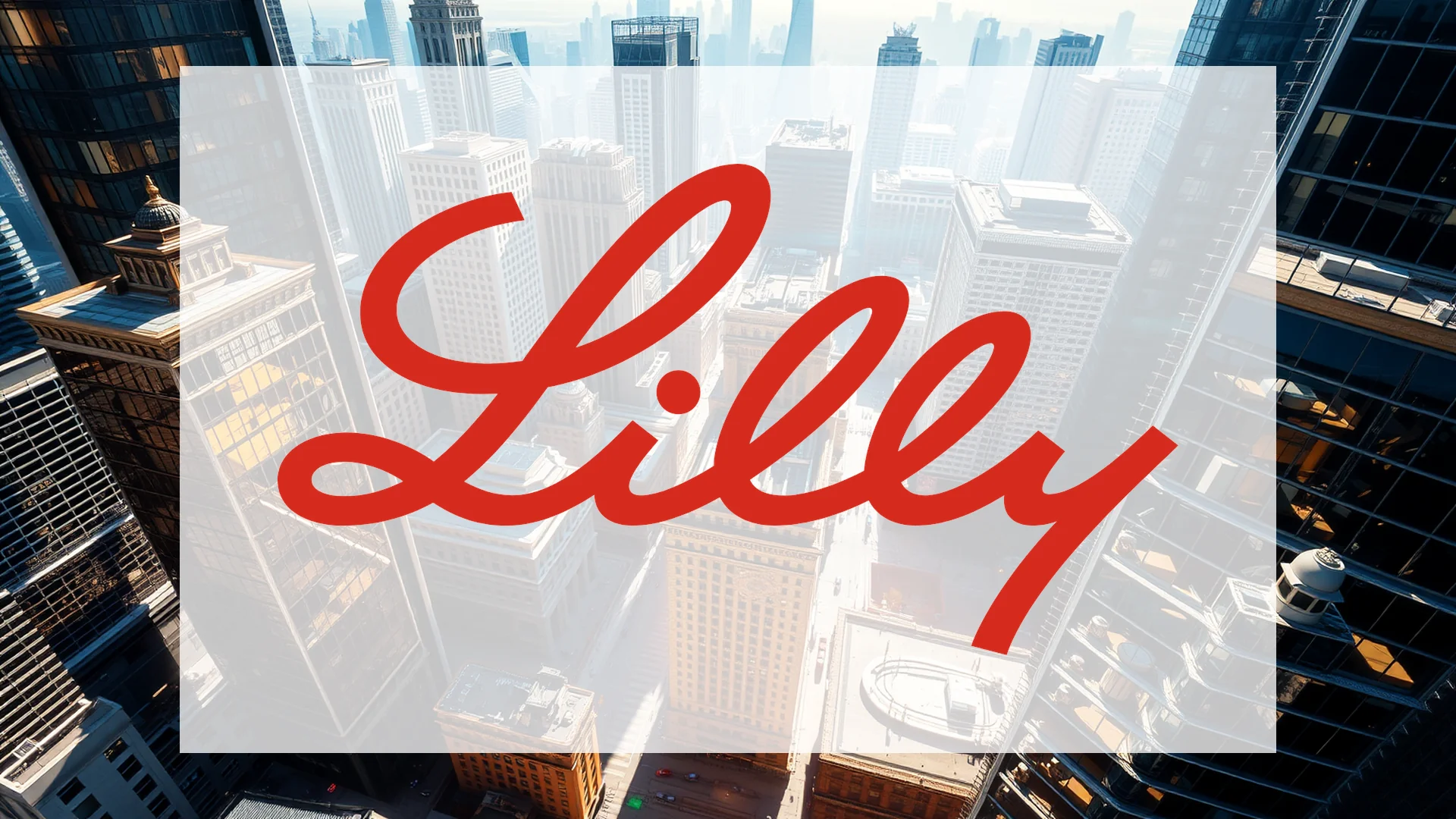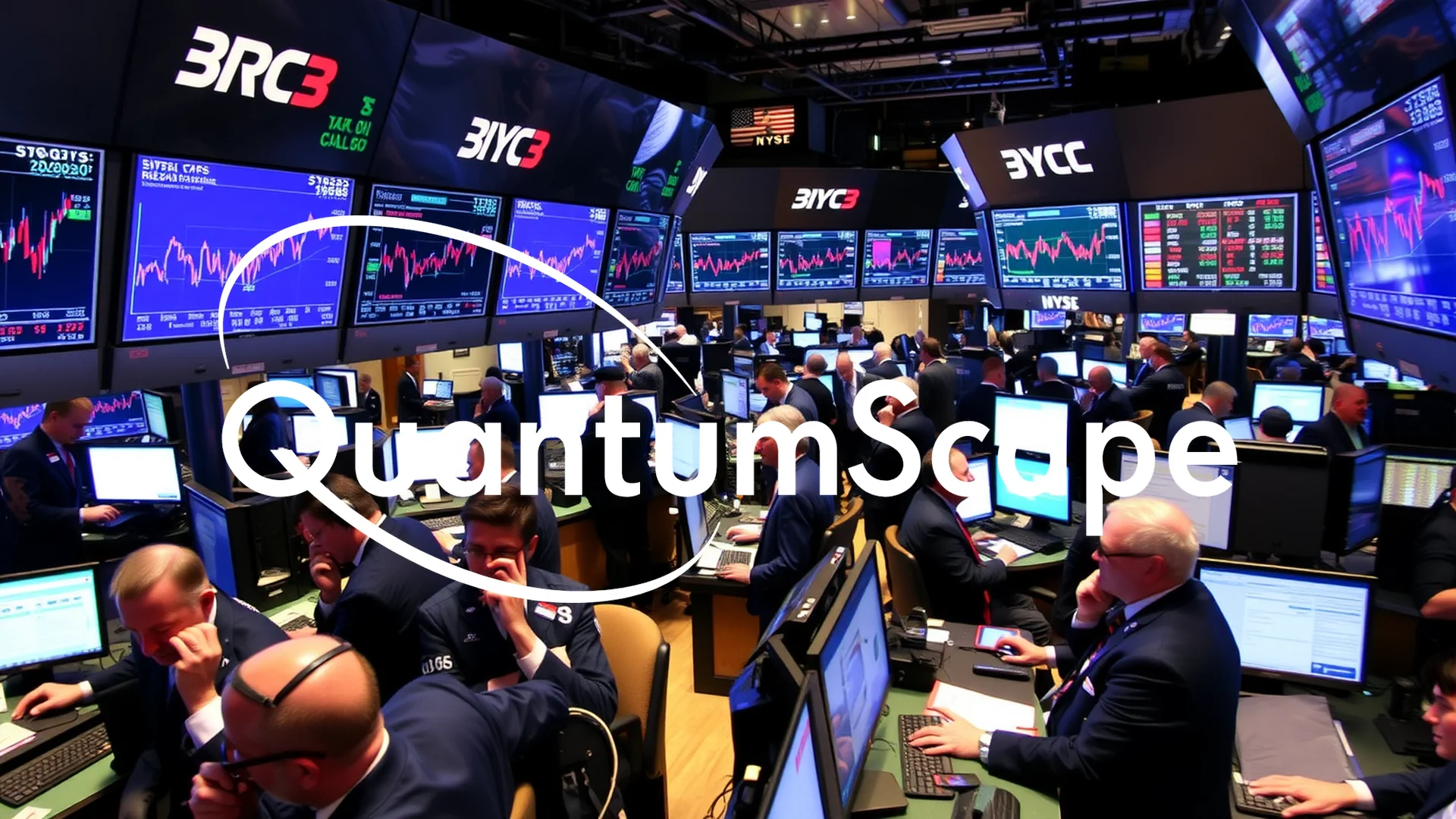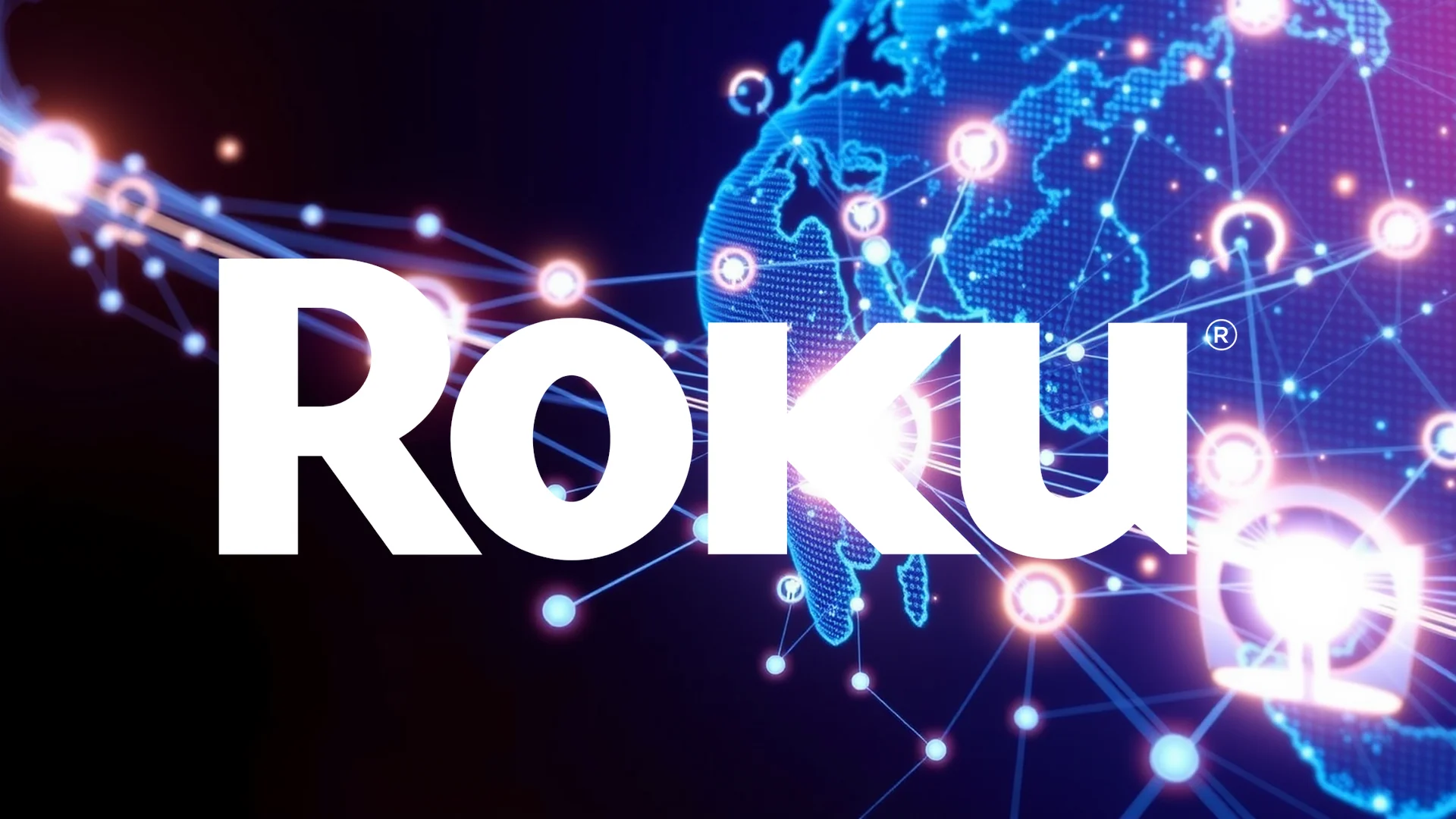The pharmaceutical sector has reached an unprecedented milestone as Eli Lilly becomes the first drugmaker to achieve a $1 trillion market capitalization, a valuation realm traditionally dominated by technology giants. This historic achievement stems from the company’s commanding position in a rapidly expanding market that touches millions of lives globally.
Unprecedented Growth Fueled by Blockbuster Drugs
Eli Lilly’s remarkable ascent is primarily driven by its highly successful portfolio of diabetes and obesity medications. The company’s third-quarter financial results revealed that the combined revenue from Mounjaro and Zepbound surpassed $10 billion, accounting for more than half of the corporation’s total earnings.
Key performance indicators demonstrate extraordinary momentum:
• Mounjaro generated $6.52 billion in revenue, representing a 109 percent year-over-year increase
• Zepbound achieved even more dramatic growth with $3.59 billion in sales, marking a 184 percent surge
• Since Zepbound’s market debut in late 2023, Eli Lilly shares have advanced by more than 75 percent
The scientific advantage lies in the medication’s active ingredient, tirzepatide, which simultaneously targets two hormone receptors (GLP-1 and GIP). This dual-action mechanism produces significantly greater weight reduction compared to competing products from Novo Nordisk that focus on a single receptor pathway.
Should investors sell immediately? Or is it worth buying Eli Lilly?
Valuation Metrics Enter Uncharted Territory
Trading at a forward price-to-earnings ratio of approximately 50, Eli Lilly now commands valuation multiples typically associated with high-growth technology enterprises. To provide context, the company’s current market worth exceeds that of retail giant Walmart and approaches two-thirds of Meta’s total market capitalization.
Market analysts largely consider this premium valuation justified given the enormous growth potential. The global market for weight management pharmaceuticals is projected to expand to $150 billion by 2030, with Eli Lilly and Novo Nordisk collectively controlling the majority share. Furthermore, the company is channeling billions into what represents the largest production expansion for synthetic active ingredients in United States history.
Future Growth Catalysts and Strategic Expansion
The next significant growth phase could commence in early 2026 with the anticipated regulatory approval of Orforglipron, an oral tablet version of the weight management treatment. This pill-based formulation would potentially expand access to millions of additional patients who prefer to avoid injectable medications.
In a strategic move that could broaden market penetration, Eli Lilly recently established a pricing agreement with the Trump administration that might provide coverage for up to 40 million additional American patients. Concurrently, the company is diversifying its research pipeline toward cardiovascular and kidney diseases – therapeutic areas where its metabolic treatments have demonstrated promising preliminary results.
Eli Lilly’s corporate transformation from a traditional insulin manufacturer to a dominant player in metabolic health represents one of the most compelling value creation narratives in modern pharmaceuticals. The sustainability of its current valuation will depend on the company’s ability to deliver on its pipeline promises and maintain investor enthusiasm for its weight management franchise.
Ad
Eli Lilly Stock: Buy or Sell?! New Eli Lilly Analysis from November 22 delivers the answer:
The latest Eli Lilly figures speak for themselves: Urgent action needed for Eli Lilly investors. Is it worth buying or should you sell? Find out what to do now in the current free analysis from November 22.
Eli Lilly: Buy or sell? Read more here...










